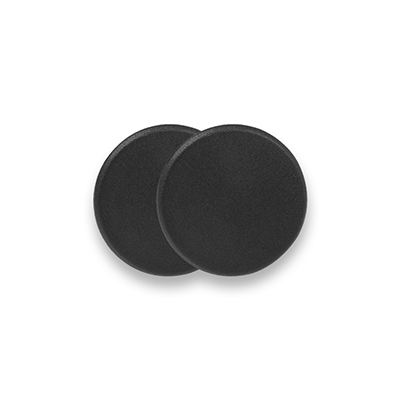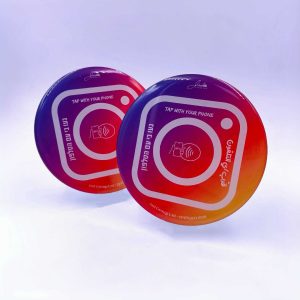Radio-frequency identification (RFID) technology has gained widespread use across various industries for tracking, inventory management, and other applications. To ensure interoperability between different RFID systems, several standards have been developed. In this article, we’ll explore some of the key RFID standards and their applications.
ISO/IEC 18000 Standards
The ISO/IEC 18000 standard series defines the air interface protocol for RFID systems operating in the low-frequency (LF), high-frequency (HF), and ultra-high frequency (UHF) bands. These standards specify the data transmission rates, modulation methods, and other technical parameters of RFID systems.
ISO/IEC 18000-2: This standard specifies the air interface for LF RFID systems, operating at 125 kHz or 134.2 kHz. LF RFID is commonly used for animal identification, access control, and other applications.
ISO/IEC 18000-3: This standard specifies the air interface for HF RFID systems, operating at 13.56 MHz. HF RFID is used in a variety of applications, such as electronic toll collection, contactless payments, and access control.
ISO/IEC 18000-4: This standard specifies the air interface for UHF RFID systems, operating at 860-960 MHz. UHF RFID is widely used in inventory management, supply chain management, and asset tracking.
ISO/IEC 18000-6: This standard specifies the air interface for active RFID systems, operating at 433 MHz or 2.45 GHz. Active RFID is used for tracking assets, vehicles, and containers, among other applications.
EPC Global Standards
EPC Global is a standards organization that develops RFID standards for supply chain management and other applications. The Electronic Product Code (EPC) is a standardized identifier that is assigned to each individual item or product. EPC Global has developed several standards related to the EPC.
EPC Class 1 Gen 2: This standard specifies the air interface for UHF RFID systems, operating at 860-960 MHz. Class 1 Gen 2 is widely used in supply chain management and retail applications.
EPC Information Services (EPCIS): This standard defines the data exchange format for sharing EPC-related data between different organizations.
Animal Identification Standards
RFID technology is widely used for animal identification, and several standards have been developed for this application.
ISO 11784 and ISO 11785: These standards specify the requirements for animal identification using RFID technology. ISO 11784 defines the structure of the RFID code used for animal identification, while ISO 11785 specifies the technical requirements for the RFID transponder.
Conclusion
RFID standards are essential for ensuring interoperability between different RFID systems and applications. The ISO/IEC 18000 and EPC Global standards are widely used in RFID systems for inventory management, supply chain management, and other applications. Animal identification standards are also important for RFID applications in agriculture and veterinary medicine. By following these standards, businesses can ensure that their RFID systems are compatible with other systems and can communicate with them effectively.
















